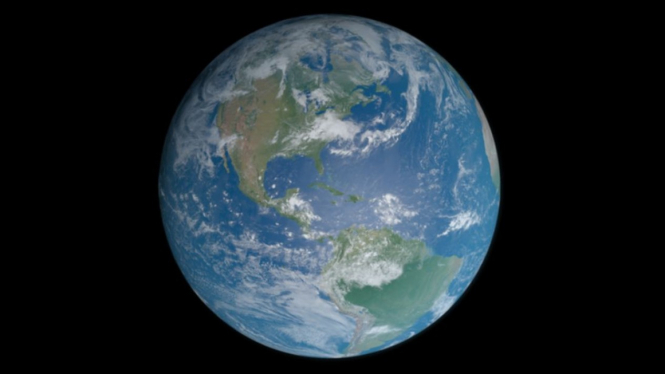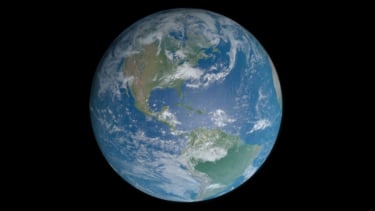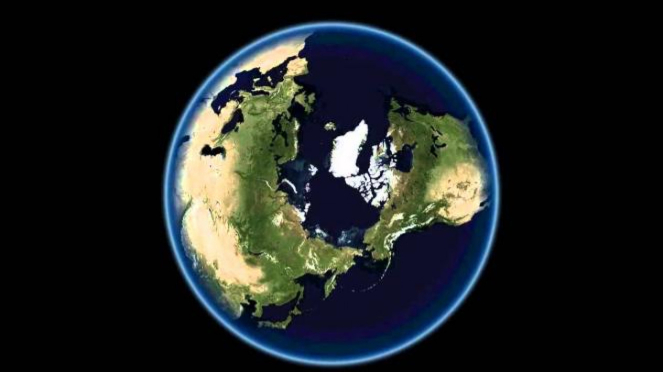Scientist Explains How to Measure Actual Earth Age
- Pixabay/Steven Goddard
VIVA – The Earth is now 4.54 billion years old, during which time it has experienced continents forming and disappearing, ice sheets expanding and contracting, and life evolving from single-celled organisms to blue whales.
But how do we know how old the Earth is? According to a geologist at the University of Colorado Boulder Becky Flowers, when an Earth scientist looks at a rock, it's not just a rock because it's like the rock has a story that can be deciphered.
"When minerals form out of magma or lava, they often contain traces of radioactive material, such as uranium. Over time, those radioactive elements decay, meaning they spew radiation, eventually transforming them into new, more stable elements that remain trapped inside the mineral," Becky continued.
Take radioactive uranium-238, a common form of uranium. Its atoms will release energy until they eventually turn into a lead. That process occurs at a fixed rate known as a half-life, which corresponds to the amount of time it takes for half of the atoms to decay.
Ilustrasi Bumi.
- U-Report
The half-life of uranium-238 is more than 4 billion years, meaning it takes more than 4 billion years for half of the uranium-238 in a sample to become lead. This makes it perfect for dating objects that are very, very old.
By knowing these half-lives, we can calculate how old a rock is based on the ratio of the "parent" radioactive element and the "daughter" stable element, a method called radiometric dating.
The mineral zircon is commonly used for radiometric dating because it contains a relatively large amount of uranium, Flowers said. Uranium-lead dating is just one type of radiometric dating.
Other types use different elements; for example, radiocarbon dating, one of the most common methods, uses a radioactive isotope of carbon that has a half-life of thousands of years and is useful for dating organic matter.
Using these methods, geologists have found minerals on Earth that date as far back as 4.4 billion years, meaning the planet has been around at least that long.
But if scientists say Earth is more than 4.5 billion years old, where did those extra 100 million years or so come from?
Earth, as mentioned, has changed a lot over billions of years, especially through processes such as plate tectonics, which shift the crust, birthing new land out of magma, and subducting old land back underground. As a result, rocks from the very beginning of the planet's history are hard to find; they've long since eroded or melted back into raw material.
Scientists can also use radiometric dating to determine the age of rocks from other parts of the solar system. Some meteorites contain material that is more than 4.56 billion years old, and rocks from the moon and Mars also date back about 4.5 billion years.
That's pretty close to when the solar system started forming, out of a cloud of gas and dust, around the newborn Sun. Knowing all these relative ages allows us to start building a timeline of how the Earth, Moon, Mars, and all the other tiny floating rocks came to be.
But the transition from ancient dust cloud to planet Earth didn't happen all at once, but over millions of years, according to Rebecca Fischer, an Earth and planetary scientist at Harvard University.

























